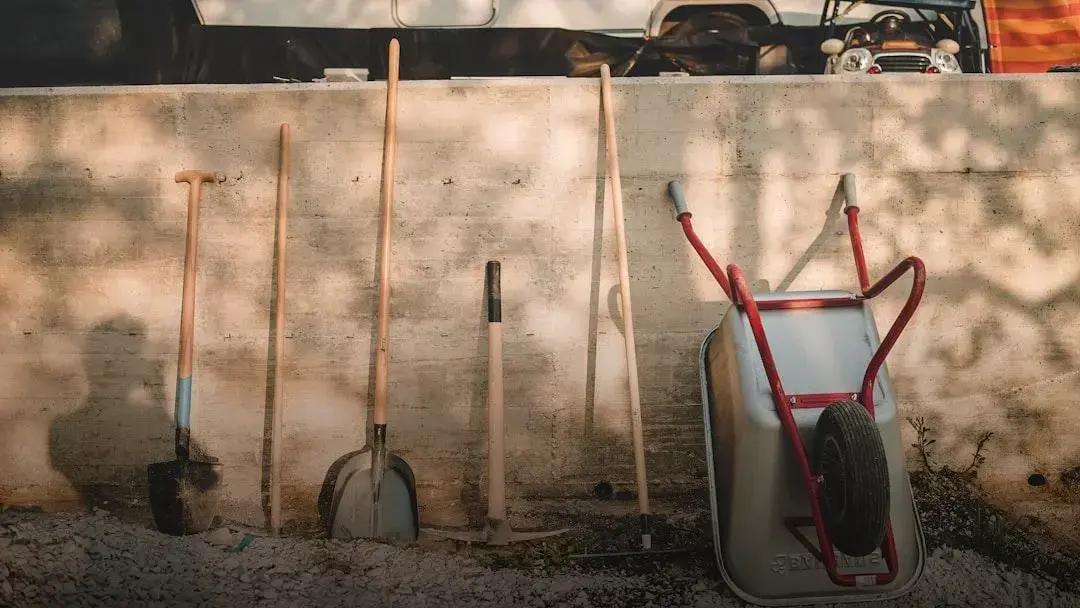As temperatures drop, it’s vital to start thinking about Seasonal Gardening: Preparing Your Garden for Winter. Whether you’re a seasoned gardener or a beginner, winter demands specific preparations to ensure your garden thrives when spring arrives. By understanding your garden’s distinct needs and employing the right techniques and tools, you can transform this challenge into a rewarding experience.
Understanding Your Garden’s Needs in Winter
Winter can be a challenging time for gardens, but understanding the specific needs of your garden during this season can make a big difference. Light availability is a crucial factor in winter. With shorter days, plants receive less sunlight, which can affect their growth. To address this, ensure that your garden space maximizes light exposure.
Another important aspect is the temperature tolerance of your plants. Some plants are more resilient to cold temperatures than others. Identify which plants in your garden can withstand lower temperatures and consider providing additional protection such as cloches or mulch for those that are more sensitive.
The availability of water is also a key consideration. While you might think that water requirements decrease in winter, plants still need moisture to survive. However, be cautious of over-watering, as this can lead to root rot.
It’s essential to monitor the health of your garden regularly. Look out for signs of stress such as wilting or discolored leaves, which might indicate a need for adjustment in care techniques.
Soil condition plays a significant role as well. Ensure that the soil remains well-drained to prevent waterlogging. You can improve drainage by adding organic matter.
Finally, consider the specific needs of the plants in your garden, as different species have varying requirements during the winter months. Tailor your care strategies to meet these unique demands.
Selecting Winter-Friendly Plants

When you’re planning your garden for the cold months, choosing the right plants is crucial. Some plants thrive despite the chilly weather, offering texture, color, and resilience. Consider evergreens, which provide lush foliage even when other plants are dormant. Conifers are excellent for maintaining a green landscape. These plants are not only hardy but also add architectural interest.
Winter bloomers like witch hazel or heather can brighten the garden with unexpected flowers in colder seasons. Both are low-maintenance and reward you with bursts of color. When selecting plants, don’t forget about deciduous trees that have interesting bark or twig patterns, adding visual interest even without leaves.
If you enjoy having herbs year-round, think about planting cold-tolerant varieties like thyme and sage. They can survive the frost and continue to enhance your culinary endeavors through the winter.
For those interested in vegetables, opt for winter-hardy species such as kale, cabbage, and Brussels sprouts. These not only withstand the cold but often become sweeter with frost. Incorporating a mix of ornamental and edible plants ensures a thriving garden, visually and practically, throughout winter.
How to Protect Soil During Cold Months
Cold months can be harsh on your garden’s soil, but with the right steps, you can ensure it remains healthy and fertile for the next growth season. Here are some effective strategies to protect your soil:
- Mulching: Applying a layer of mulch helps insulate the soil and regulate its temperature. This prevents it from freezing quickly and reduces the loss of moisture.
- Cover Crops: Planting cover crops like winter rye or clover can protect the soil by reducing erosion and increasing organic matter.
- Composting: Spread well-decayed compost on top of the soil. This not only adds nutrients but also helps in maintaining structure.
- Remove Debris: Clear away fallen leaves and old plant matter to reduce the risk of diseases and pests.
- Avoid Compaction: Minimize walking on wet soil, as this can lead to compaction, making it harder for roots to grow when the weather warms up.
By taking these measures, you ensure your garden is ready to bounce back when spring arrives.
Tools and Tips for Winter Gardening

As the cold season approaches, equipping yourself with the right tools and tips for winter gardening can make all the difference. Start with essential tools like a quality spade, durable gloves, and a hoe to keep your garden tidy and manageable.
Pair these with specialized cold-weather gear, like a soil thermometer to monitor ground temperature and protect your plants’ roots from freezing. Consider using row covers or cloches to shield your plants from frost and help manage their exposure to sunlight.
Pruning shears are also crucial for winter because they allow you to trim dead branches and help maintain plant health, minimizing the risks of snow damage. Adding mulch is another effective tip, preserving soil moisture and providing insulation.
Watering Tips
Even in winter, plants need water. Be mindful of your watering schedule, as plants require less water during winter months. Water during the morning so moisture can be absorbed before freezing nighttime temperatures hit.
Regular Inspections
Regular garden inspections are vital. Check for signs of pest infestations which surprisingly can be active, even in winter. Remove debris and fallen leaves that can harbor insects or diseases.
By implementing these strategic tools and tips, you’ll ensure a vibrant and healthy garden all winter long.
Common Mistakes to Avoid in Winter Gardening
One of the most common mistakes in winter gardening is overlooking the importance of choosing the right plants. Not all plants can survive the harsher conditions of winter. Make sure to identify and select winter-friendly plants that thrive in cold temperatures.
Another frequent error is ignoring soil protection. Cold weather can strip nutrients from the soil and disrupt its structure. It’s essential to cover your soil with mulch or other protective layers to maintain its health.
Many gardeners also underestimate the needs of their tools. Cold weather can affect tool performance and longevity. Keep them clean and store them in a dry, safe place to prevent rust.
Avoid overwatering your plants during winter. While it’s crucial to ensure that plants get enough moisture, excess water can freeze and damage the roots.
Finally, pay attention to pruning practices. Winter is not the time for heavy pruning, as many plants are dormant, and pruning can lead to weaker growth in the spring.
Proper planning and understanding of these common pitfalls will help you maintain a vibrant and healthy winter garden.


 Creating a Relaxing Garden Retreat: Tranquility Awaits
Creating a Relaxing Garden Retreat: Tranquility Awaits  Garden Design Ideas to Transform Your Backyard Today
Garden Design Ideas to Transform Your Backyard Today  Reviving Dying Plants: Essential First Steps to Check
Reviving Dying Plants: Essential First Steps to Check